An Oxfordian in Grenoble by Jonathan Saunders
Grenoble – Green Capital of Europe and Oxford’s Twin
It’s a city whose one-time ruler – the “Dauphin” – sold his title to the king of France! This then
became the honorary title of the French king’s eldest son. Later it was a vanguard of Protestantism
in the 16th century and a cradle of the Revolution in 1788 when the king tried unsuccessfully to
close its Parlement. It boasted an industrial revolution that made it the glove capital of the world
for over a century with machinery powered by ‘white coal’ (houille blanche) – the original name for
its locally produced supplies of hydro-electricity. This also enabled a huge production of concrete
(béton) post-1870 that was used to build and decorate the magnificent houses, hotels and banks that
line the grand Parisian-style boulevards (Jean-Jaurès, Gambetta etc) at a fraction of the cost of
traditional quarried stone.
Indeed, Oxford’s French twin, Grenoble, has had to reinvent itself many times since it was
founded more than two millennia ago by the Romans on a site that apparently lacked any prehistory. No wonder! Situated on a flat piece of land and surrounded by three mountain ranges
(Chartreuse, Vercors and Belledonne) and two, frequently raging, rivers (Isère and Drac), any selfrespecting Early Man would have looked for less exposure and more natural protection. But the
Romans were built of sterner stuff and had an empire to run. Remains include remnants of the city
wall which at one time boasted some 30 turrets and enclosed 9 hectares adjacent to the river Isère.
In the ensuing centuries, after the Romans had left, the role of the early Christian church greatly
expanded. Much of this has been revealed over the last 30 years by excavations, sometimes in
connection with the development of the city’s tramway system. The result for posterity is two
spectacular museums built around the remains – of the crypt in the basement of the Musée de l’
Ancien Evêché and of the crypt in the Musée archéologique which forms part of the church of St
Laurent as revealed in different layers through the centuries.
These museums form part of a collection of 11 city museums which are all free to the public,
have long opening hours and are usually open six days a week. Other museums include the Musée
dauphinois, a history and heritage museum located in a 17th century convent halfway up the hill on
the Isère’s right bank with shaded gardens and seating that give a delightful view over the city. In
the museum is a comprehensive exhibition about Grenoble’s glove industry which had several
world-class firms that invested overseas including in Gloversville, New York and Yeovil in
Somerset.
Many Grenoblois would argue that now is the time to visit our twin city as Grenoble has just
been given the accolade of Green Capital of Europe. Of the four finalists, two were fairly near
neighbours – Dijon (to the north in Burgundy) and Turin (over the border in Italy). With both
Grenoble and Dijon voted among the 10 Best Cities to move to in France, thanks to the availability
of housing and employment, one might ask: how are these cities getting it so right? Starting this
month a non-stop programme of events running for the next 12 months unrolls showcasing
Grenoble’s plans for a carbon-free future.
But how best to get there? The Eurostar will take you to Paris Gare du Nord. The tricky bit is
taking the Métro across town to the Gare de Lyon. So remember to give yourself plenty of time in
between trains. Most flights go to Lyon with an hour’s bus journey to Grenoble, though in winter
there are direct flights to Grenoble from Bristol aimed at the skiing market. In all cases you will
arrive at the railway station (la Gare SNCF)
And where to stay? 50-60 euros per night should get you a one bedroom apartment with a small
balcony overlooking a main street from a French version of Air Bnb, like Major Domo. A pension
or b&b will cost a little more.
Maybe you prefer to be part of a group staying with a host family with the host staying with you
at a later date? In that case you should join the Oxford-Grenoble Association. This costs only
£10pa and in normal times (pre-Covid) arranged many functions and activities. Even today there
are regular discussions in French on Zoom.
Whatever you decide, you are almost guaranteed a warm welcome during your stay. Never has
the jumelage seemed more valuable to our French friends. Ironically, Brexit has stimulated an
interest in such links and this is made more easy in Oxford’s case because our friends remember our
decision was heavily in favour of remaining in Europe. And one of the first destinations you are
likely to see on the trams is “Oxford” – newly named in honour of the twinning that is already
entering its 33rd year!
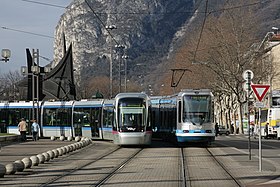
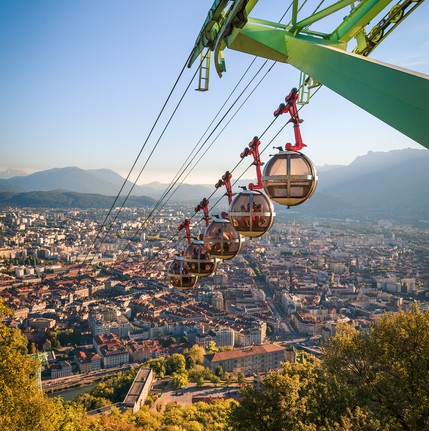
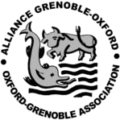
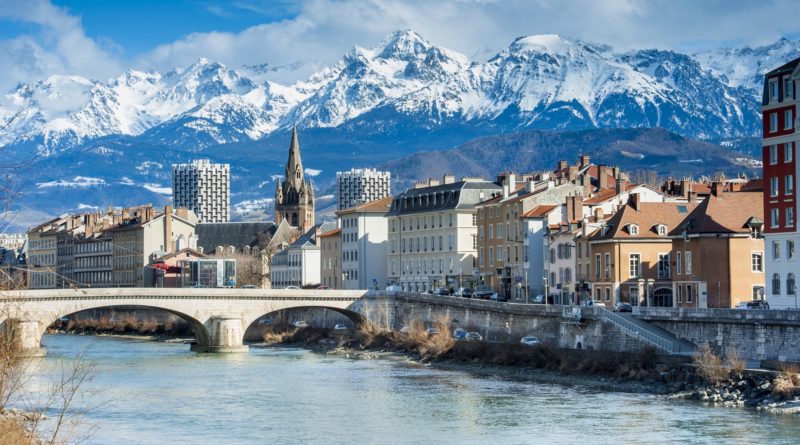

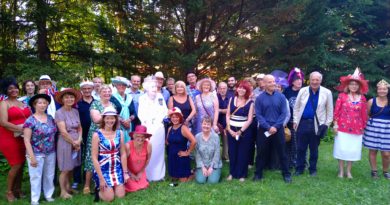
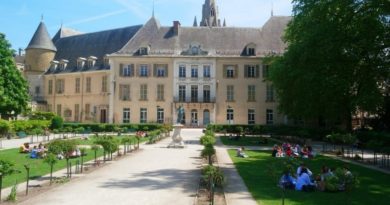
Having read this I thought it was very informative. I appreciate you taking the time and effort to put this article together. I once again find myself spending way to much time both reading and commenting. But so what, it was still worth it!